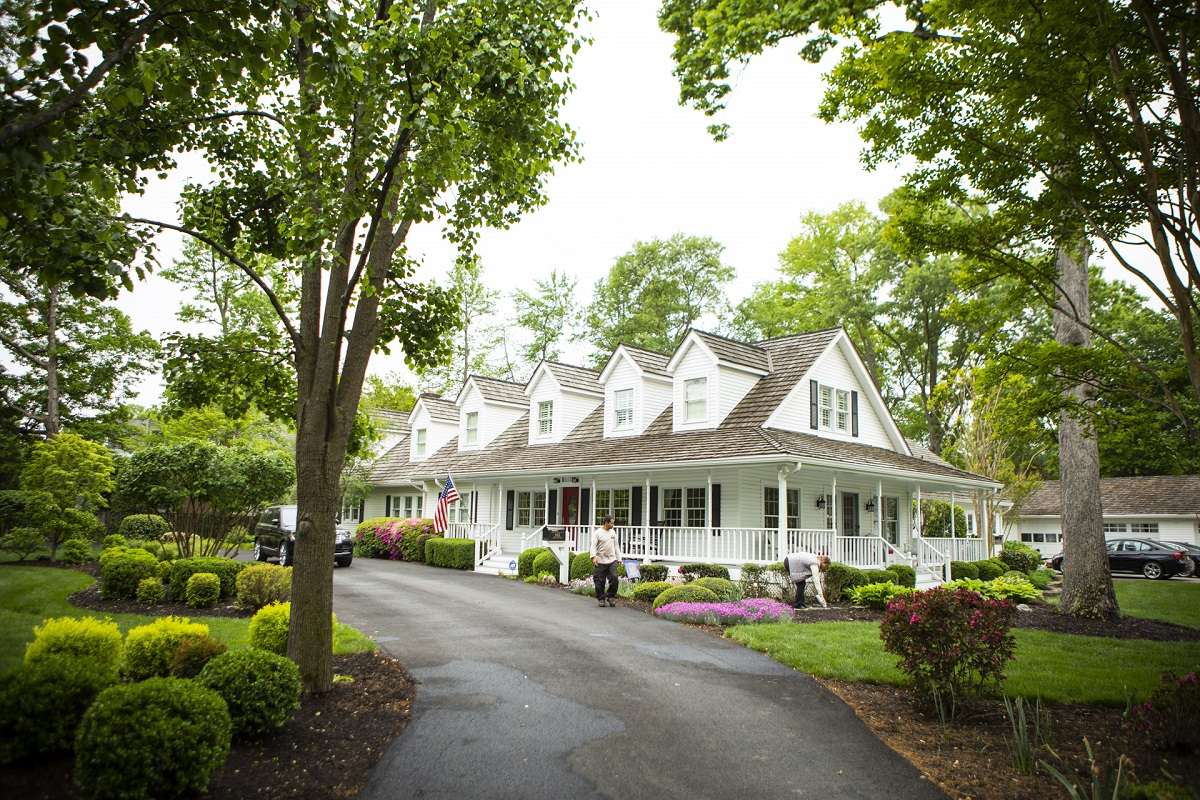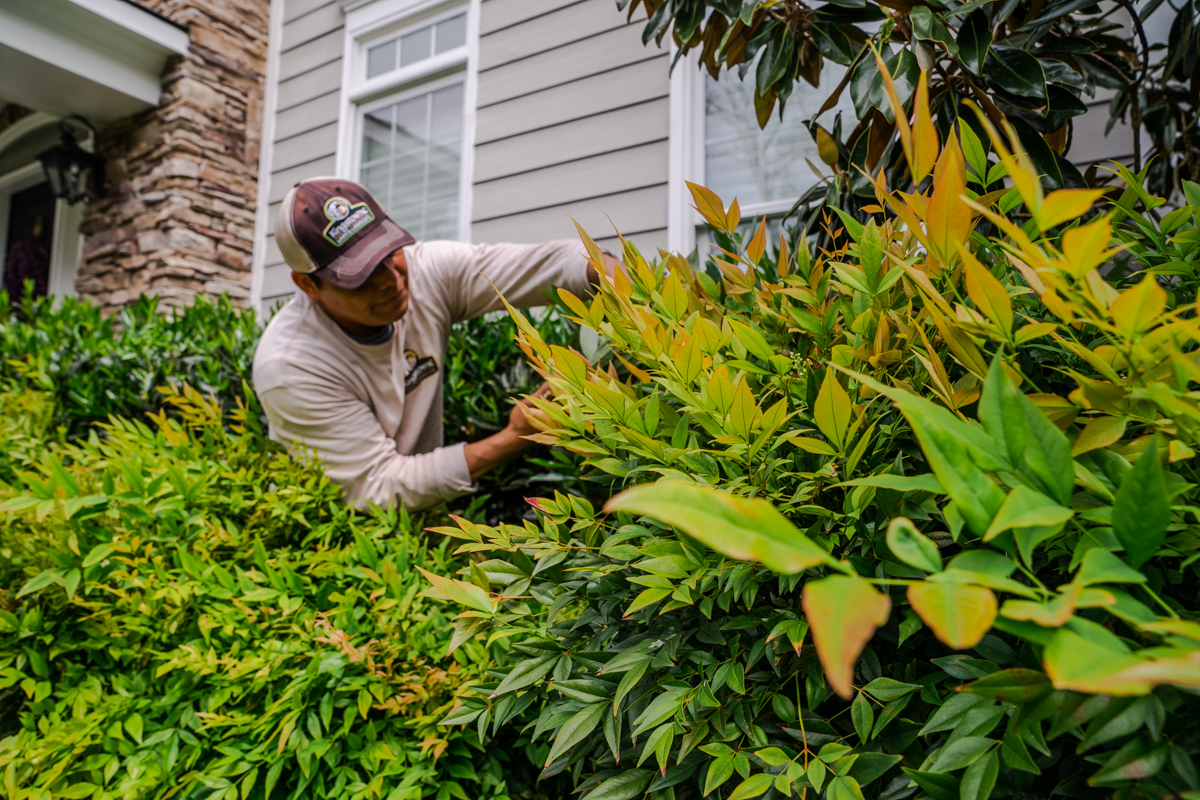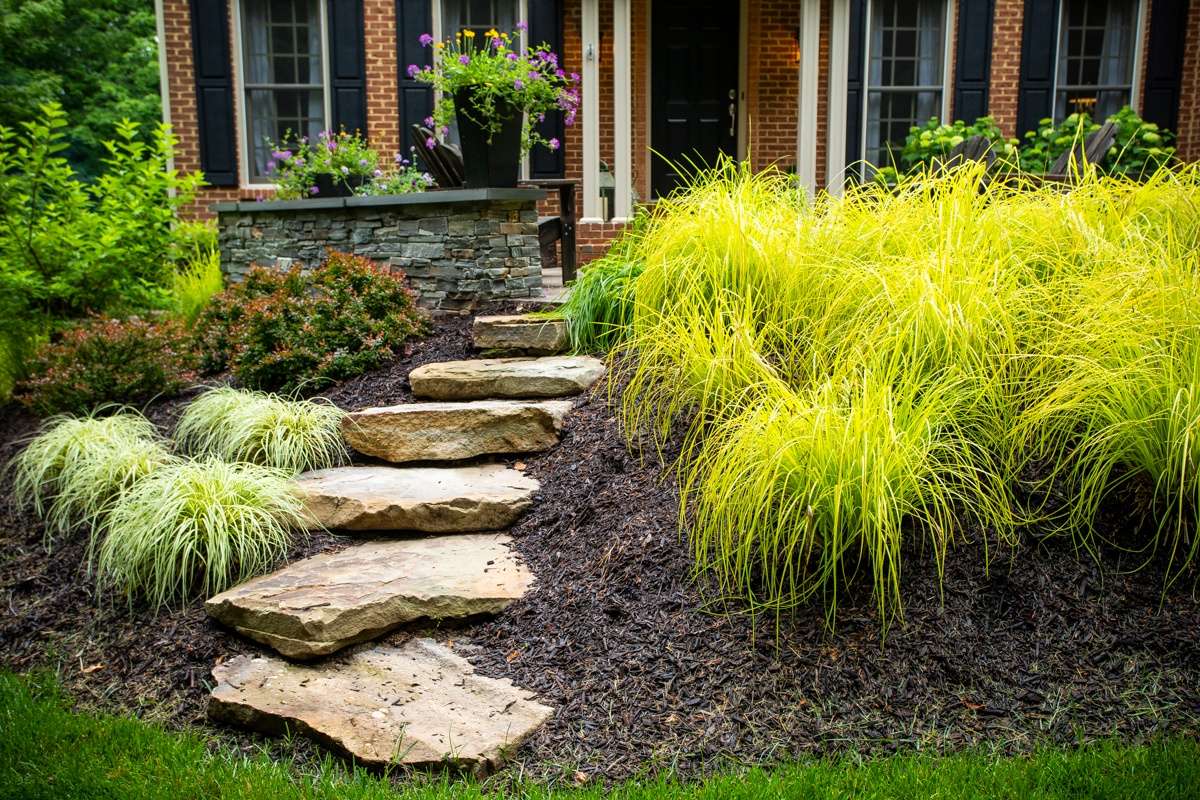


Pruning plants is one of those landscape tasks that seem relatively simple on the surface. And while it’s certainly not rocket science, there is a bit more complexity to it than people tend to realize. Understanding when to prune shrubs, appropriate plant pruning techniques, and how often to prune are all important considerations.
What complicates matters is the fact that the answer can vary depending on what you have growing in your yard. That’s also why plant identification for pruning is so critical. You must know the individual plant species you have growing in your yard so that you can know the optimal timing, duration, and technique for pruning each plant.
Many of the plants in your landscape can receive summer pruning, and there are some good reasons why this is seasonally appropriate.
In this article, we’ll dive into some of the information you should know about warm-weather plant pruning, including why it’s beneficial and what precautions need to be taken to preserve your plants’ health.
Many plant species are best pruned in the summer. The summer is a good time for pruning because most plants are no longer actively putting on a ton of growth (as they would be in the spring).
One of the plant groups that will benefit from summer pruning is spring-blooming shrubs like Azalea, Viburnum, Forsythia, and Dogwoods. These plants have already had their spectacular show of blooms, so you won’t impact their bloom cycle. You’ll be able to help improve their next bloom time with proper pruning.

The plant pruning technique for spring-blooming plants involves removing the largest stems so that they can push new growth from the crown and the remaining stems. Other stems can be pruned for shaping. These delicate spring-blooming plants are best pruned with hand pruners or loppers.
Another group that can benefit from summer pruning is fruit trees. These trees can benefit from some light pruning that can help improve fruit formation and prevent them from getting too large.
Warm-weather plant pruning can also be used on climbers (like Honeysuckle and Wisteria), which often need to be controlled by summertime due to rapid spring growth, as well as evergreens, which can be relatively tender and should not be pruned too early in the year as they can be susceptible to late frost damage.
While the plants we’ve mentioned are usually great choices for summer pruning, it’s important to keep in mind that there are factors that can end up changing pruning habits. For instance, a warm winter or extended hot or dry spells can change the timing for pruning.
There are also going to be some species that are prone to pest or disease problems at highly specific times. And to make matters even more complicated, there are even variations within certain groupings of plants.
For instance, hydrangea shrubs can be early-blooming, mid-blooming, or late-blooming. You need to know the specific variety that you have because it can change the plant pruning schedule. The same is true for Azaleas. Some varieties only bloom once while newer varieties bloom twice (and can be pruned twice…soon after each bloom period).

When you make timing errors with certain blooming plants, you can ruin their flowering ability for the next season.
This comes back to why plant identification for pruning is so critical. You want to make sure that a horticultural expert has identified specifically what’s on your Northern Virginia property and when it is best to perform pruning.
As we mentioned at the start, summer pruning can be beneficial as many plants have slowed through growth during this time. The act of pruning itself also helps contribute to that slowed growth by reducing the total leaf surface (which in turn, decreases food production via photosynthesis).
You want reduced growth in the summer as this is a stressful time for your plants. There are typically periods of drought and heat that your plants will have to survive. You want to make sure they’re strong and resilient to these potential stressors.

Another benefit to pruning plants in summer is that you can help reduce disease and pest problems. Pruning can be done to remove diseased or infested parts of the plant, and therefore prevent a problem from spreading.
Summer is also a great time for restorative pruning, which involves improving the overall shape and structure of your plant. It is easier to achieve this when plants have all their leaves.
This is a great time for shaping overgrown certain species that have become overgrown.
Pruning using best practices is also critical to your success. This means using the proper techniques for the shrub you’re pruning…as well as the proper tools.
First and foremost, plants must be pruned with sharp tools. When you cut, it should be clean and precise (like a “surgical cut”). You do not want to use tools that make jagged rips in your plant.
It’s also important to use the precise instrument needed for each plant.
Some plants are best hand-pruned or with certain tools and deviating from that can cause harm. For instance, Viburnum will survive shearing, but selective hand-cuts lead to more pleasing and natural growth that will create greater curb appeal and better long-term health.

Some plants, however, cannot survive shearing. Plant pruning techniques must be given careful thought so that you take the approach that is horticulturally correct for each plant.
Plant identification for pruning is best performed by a professional as it’s easy for homeowners to mix up species. For instance, most people mix up boxwoods and certain hollies. But you want to make sure that you’re using the proper pruning technique for the plant you’re pruning.
There’s no question that pruning can be complicated.
Knowing when to prune shrubs and how to prune them is truly best left to a professional with horticultural expertise. They can implement a plant pruning schedule that will help set your property up for success.
At Kingstowne Lawn & Landscape, the bare minimum plan for pruning is twice a year. But for many properties, this isn’t really enough to keep up with all of their plant varieties and to ensure everything continues to look its best.
You probably already know how fast your plants grow and it doesn’t take long for them to start to look messy. You don’t want your shrubs to become an eyesore because you didn’t keep up with a plant pruning schedule.
While summer pruning is beneficial for many plants, other times of the year are good to prune as well. You want to make sure that your landscape professional is keeping up with pruning services throughout the year, at the appropriate times that are best for your plants.
As you’ve likely gathered, pruning is a lot more complex than you might have once thought. Both the timing and the frequency can have a big impact on your overall success. The last thing that you want is to lose money because you’ve improperly pruned bushes and damaged them permanently.
By choosing a landscaping company in Northern VA that knows how to properly handle your pruning, not only will you hand over the hassles associated with this service but you’ll also wind up with superior results compared to what you might have been able to do on your own.
By getting on a regular plant pruning schedule, you can ensure that your landscape is always taken care of and looking its best.
Are you ready to let go of any of the hassles associated with pruning at your Alexandria, Arlington, or Springfield, VA home? If so, request your quote, get your customized plan, and relax as you get the royal treatment.

Since its founding, Krisjan has led Kingstowne Lawn & Landscape with a straightforward philosophy: treat every customer like the “only” customer. His passionate pursuit of excellent customer service has led to 28 successful years and a thriving company with over 85 employees. Since 1997, Kingstowne has helped thousands of homeowners in the Alexandria, Arlington, and Springfield, VA area get what they want - a worry-free property they can be proud of.




If You're Looking For a Sign, This is It.
Seriously, that lawn isn't getting any better on it's own. Mrs. Jones just called the HOA on you